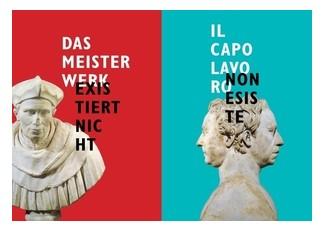Contenuto principale
The 1700s

European sculpture in the 1700s is connected to spectacular visions of parks and gardens, fountains and public squares, in which were positioned statues of marble or bronze. In churches and secular buildings, architectural structures and highly elaborate decoration are linked by stucco mouldings.
This was the triumph of Rococo, a fanciful French style of bizarre lines imaginatively adorned with curls and volutes that also gained ground in Italy.
Its characteristic gracefulness is even found in religious statuary, here evidenced by two works in wood by Jacques Bergé, King David and The Sibyl, subjects that are symbolically related in reference to the Biblical Book of Psalms.
The affected and ephemeral aspects of this artistic phenomenon contrast with a “social” current, sensitive to the concept of “useful” art dictated by the new Age of Enlightenment which, in preference to the so-called “generic heads”, favours portraiture dedicated to the infinite variety of human types. Examples are the reliefs in profile by Orazio Marinali on display here, which are quite unconventional in their inventive quality.
The archaeological discoveries of Herculaneum and Pompeii reinvigorate the nostalgia for the canons of ancient beauty, generating a completely new artistic movement: Neoclassicism. Antonio Canova ideally interprets the Greco-Roman notion of the beautiful, which reaches supreme heights in the perfection of his sculptures.
The terracotta statuette representing Venus by Joseph Chinard, seen here, combines an impeccably Neoclassical anatomical construction with typical 18th century elegance.